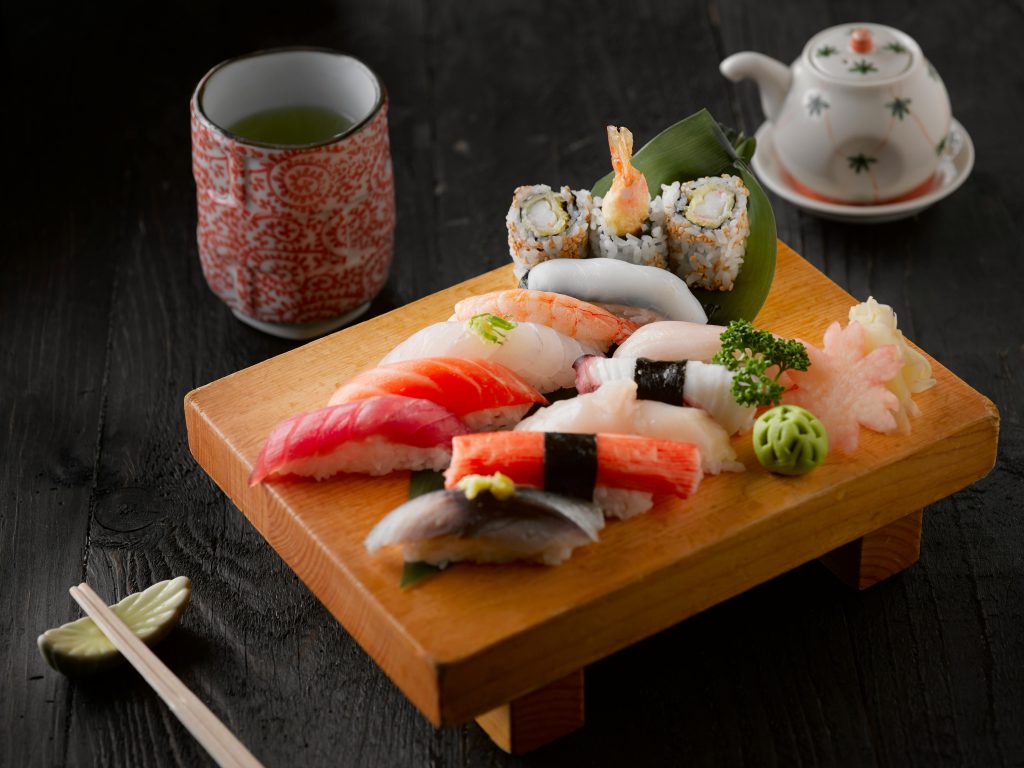All fields are required
Posted in Food Safety,Our Blog on February 2, 2025

When people order sushi they are not expecting it to still be alive and moving when it hits the table, but a TikTok user saw something totally different when he saw the fish was still moving in his order.
Keith Lee is a known food critic and has quite the following when it comes to his food videos. He is approximately 16.8 million followers on TikTok and is known for amplifying small businesses. While visiting restaurants throughout Seattle, Washington, he ventured into FOB Sushi Bar — a spot that came highly recommended by locals.
Lee’s review of FOB Sushi began overwhelmingly positive, as he described the sushi bar preparing its offerings in “the most unique way I’ve ever seen in my entire life.” He spent $15 at the buffet-style sushi bar, where boxes of sushi are sold by the pound.
As he filmed himself eating the box of nigiri and sashimi in his car, Lee rated the sushi on a scale of one to 10. He told his followers that the fish tasted fresh, but the rice seemed overcooked. At the 1:50 minute mark, however, he picked up a piece of sashimi with his chopsticks, only for fans to point out what appeared to be a “worm” moving on it just seconds before he put it in his mouth.
FOB Sushi addressed the “false” allegations that Lee’s sashimi contained a parasite, as the company wrote in an Instagram post: “The movement observed in the fish may result from natural elasticity or the pressure of chopsticks when applied to its structure.”
In a follow-up TikTok shared on Sunday, Lee assured fans that he was fine and didn’t notice anything moving on his food until his followers had pointed it out. The food critic went on to suggest, however, that another customer had recently been hospitalized after visiting FOB Sushi, as he told his followers that he “spoke to them personally and sent them my well wishes.”
Despite FOB Sushi maintaining in its original statement that the restaurant has “never had any issues regarding food safety,” the company revealed to customers on Monday — just 10 days after the incident — that it has decided to temporarily close its locations in Bellevue and Seattle “until further notice.”
“We are conducting a thorough investigation to address the situation and will take all necessary measures to prevent it from happening again,” they said.
Sashimi is a Japanese dish of thinly sliced raw food, usually fish and seafood, but also sometimes other meats.
Sashimi is often confused with sushi, although the two are different things. Sushi is made with seasoned, vinegared rice, either shaped into mounds and topped with items such as raw or cooked seafood or rolled in sheets of seaweed called nori around fillings of raw of cooked seafood, vegetables and other items.
So, the key is that sushi is always made with rice, whereas sashimi is always just the raw item by itself.
Depending on the ingredient, sashimi can be sliced into various shapes, including flat slices, thin strips, rectangles, cubes or diagonal slices. A sharp knife and impeccable knife skills are critical for making sashimi, so that the slices are smooth, uniform and visually appealing.
In Japan, in addition to fish and seafood, sashimi can be made of thinly-sliced raw meats such as beef, pork, chicken, and horse—although fish and seafood are the most common.
And while most sashimi is served raw, some items are briefly cooked, either braised, seared or boiled, for the sake of flavor and texture, but also to avoid food poisoning.
Sashimi can be served on its own, or with beer, as a snack or as part of a light meal, or as an appetizer at the start of a multi-course meal.
For more information about viral food videos and food safety please keep an eye on Make Food Safe.